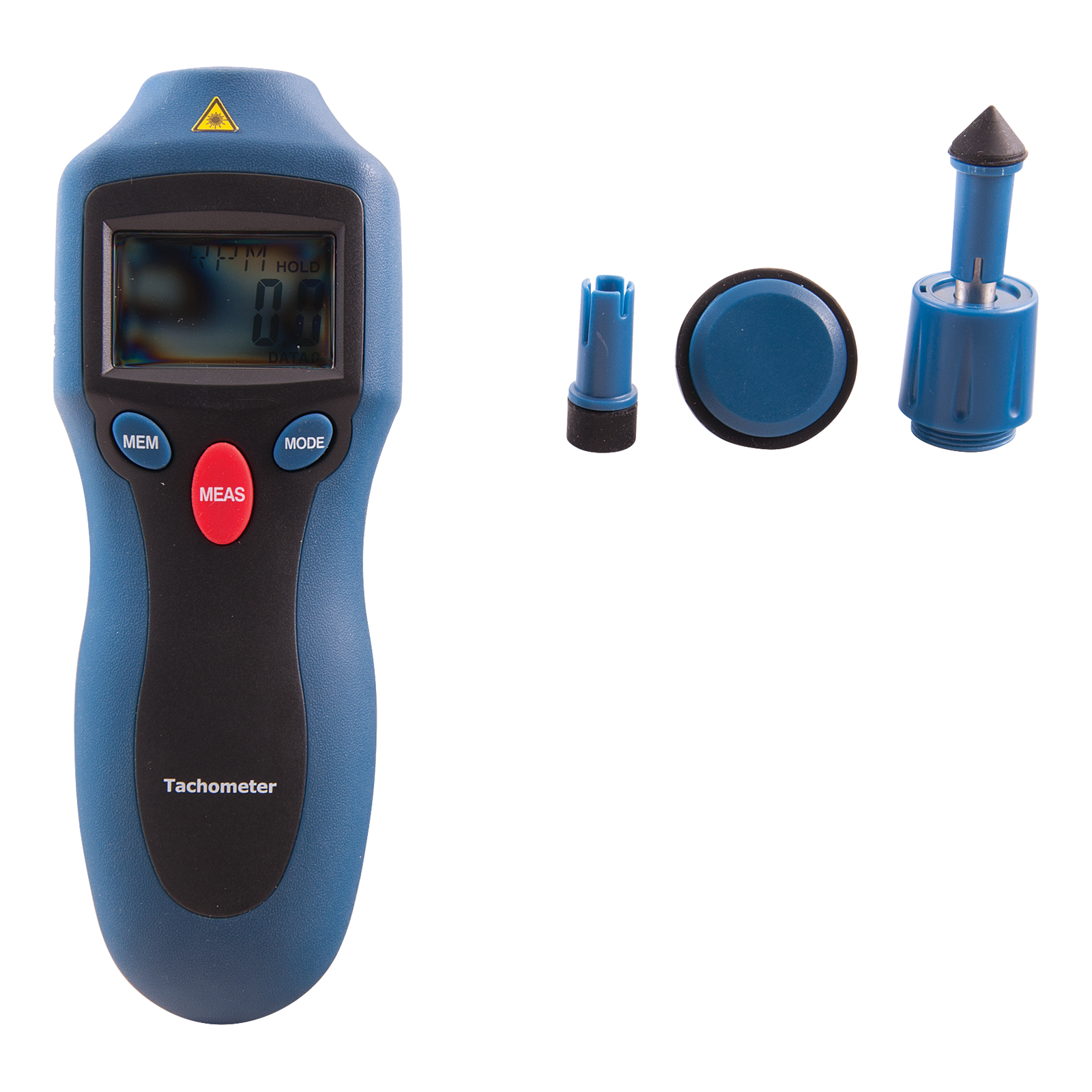Leading Reasons That Every Vehicle Driver Needs a High-Quality Tachometer
Leading Reasons That Every Vehicle Driver Needs a High-Quality Tachometer
Blog Article
Unlocking the Secrets of Tachometers: Everything You Required to Understand About This Crucial Instrument in Your Car
Understanding the intricacies of tachometers can offer valuable understandings right into your car's performance and upkeep demands. From determining engine speed to deciphering the information it provides, tachometers act as a critical device for vehicle proprietors and lovers alike. By deciphering the mysteries behind this essential instrument, you can unlock a wealth of details that can improve your driving experience and guarantee the durability of your vehicle.
Relevance of Tachometers
The relevance of tachometers hinges on their capacity to offer crucial real-time data concerning an engine's rotational speed, permitting specific surveillance and maintenance of equipment. By determining the revolutions per min (RPM) of an engine's crankshaft, tachometers provide beneficial insights into the engine's efficiency - tachometer. This data is crucial for guaranteeing that the engine runs within its ideal array, preventing possible damage from over-revving or underperforming
Tachometers play a crucial role in assisting operators and technicians detect any kind of anomalies in the engine's speed, which can suggest problems such as gas inadequacy, mechanical troubles, or extreme stress on the engine. By immediately recognizing these problems through tachometer readings, maintenance can be done proactively, stopping pricey repair work and downtime in the future.
Moreover, tachometers are especially critical in high-performance automobiles and equipment, where precise control over engine rate is required for ideal procedure. Racing automobiles, airplane, and commercial tools rely upon tachometers to deliver peak performance while maintaining safety criteria. Basically, tachometers are not just instruments for measuring rate yet important tools for ensuring the smooth and efficient operation of engines across numerous applications.
Exactly How Tachometers Procedure Engine Rate
Utilizing sensing units that find the frequency of electric pulses generated by the engine's ignition system, tachometers properly determine the rotational rate of an engine. By monitoring the price at which these pulses are gotten, tachometers offer real-time responses on exactly how fast the engine's crankshaft is revolving per minute, commonly described as changes per minute (RPM)
The tachometer's sensing unit, typically connected to the engine's ignition coil or ignition system cords, selects up the electrical signals generated each time a cylinder fires. These signals are after that exchanged RPM analyses showed on the gauge or instrument collection within the driver's view. Tachometers can be analog or electronic, with contemporary lorries typically including digital screens for accurate and instant RPM analyses.
This information is vital for chauffeurs to understand the engine's performance, avoid over-revving, maximize equipment moving, and make certain efficient gas usage. By accurately determining engine rate, tachometers play a vital function in helping motorists run their automobiles safely and effectively.
Analyzing Tachometer Readings
Having a clear understanding pop over to this site of exactly how tachometers measure engine rate establishes the structure for efficiently translating the RPM readings presented. Translating tachometer readings is crucial for optimal automobile performance and engine wellness. When the engine is idling, the tachometer needle commonly rests around 600-1000 RPM, depending on the vehicle.


Tips for Utilizing Tachometers Efficiently
To boost driving effectiveness and maximize engine performance, what trick techniques can be applied for effectively making use of tachometers? Tachometers are vital tools that supply real-time feedback on engine rate, allowing vehicle drivers to make educated choices for much better efficiency - tachometer. Right here are some pointers for using tachometers successfully:
Understanding Ideal RPM Array: Familiarize on your own with the optimum RPM (Changes Per Min) array for your vehicle. This variety ranges various vehicles and is normally shown in the owner's handbook. Maintaining the engine within this variety can enhance gas performance and prolong the engine's life expectancy.
Moving Equipments at the Correct Time: Utilize the tachometer to establish the best time to shift gears. Upshifting prematurely or too late can this content lead to reduced effectiveness and performance. Goal to move gears when the RPM reaches the ideal variety for the next equipment.
Checking Engine Stress And Anxiety: High RPMs for long term durations can strain the engine. websites Watch on the tachometer to stop over-revving, especially during velocity or when lugging hefty tons.
Tachometers and Vehicle Maintenance
When considering vehicle upkeep, tachometers play an important duty in keeping an eye on engine efficiency and finding potential problems. Tachometers give vital information on engine speed, permitting drivers and auto mechanics to ensure that the engine is operating within the advised RPM variety.
In enhancement to discovering possible issues, tachometers can likewise assist in optimizing fuel performance. By maintaining the engine speed within the ideal array, drivers can enhance their gas mileage and minimize gas consumption. This not just profits the driver's purse yet additionally adds to environmental preservation by decreasing harmful emissions.
Final Thought

Report this page